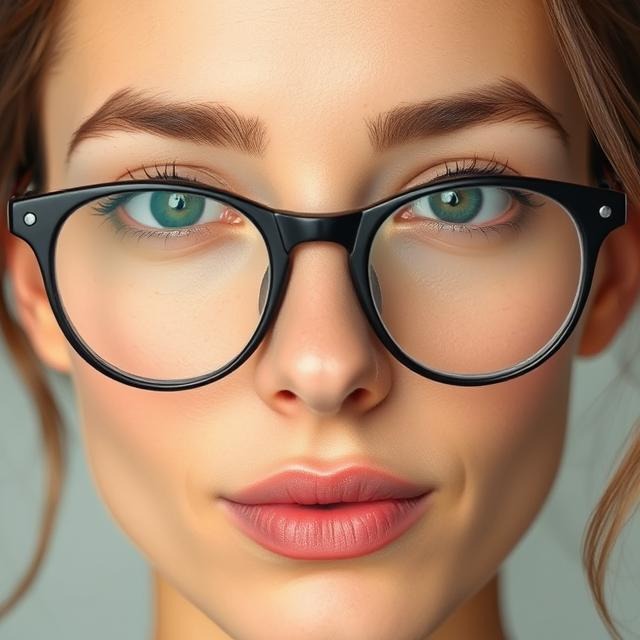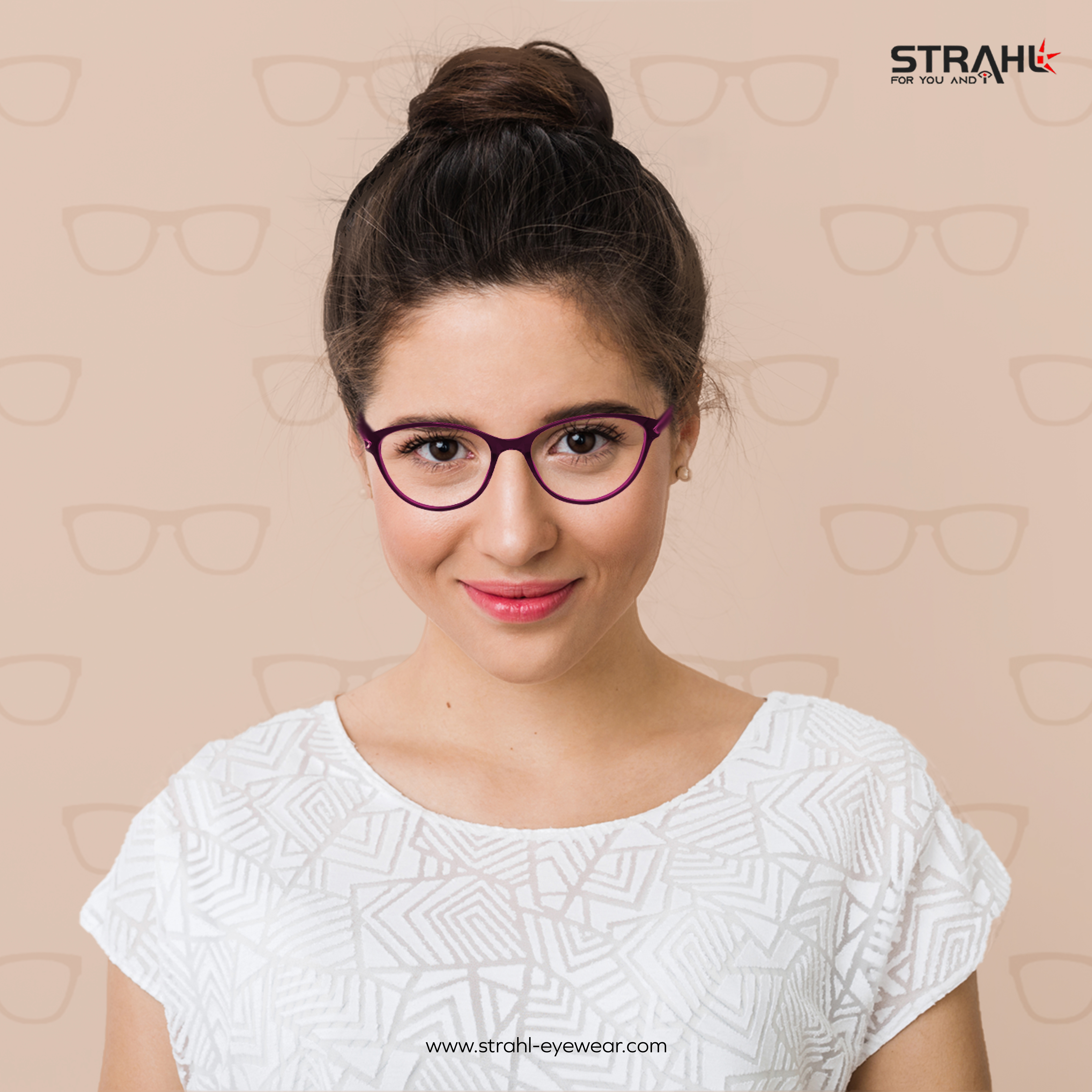"A prominent nose, wrinkles, or dark circles- We all see flaws that others don’t notice. With the right glasses, you can enhance your look,
effortlessly concealing what worries you most!".
Humans tend to be harsher on ourselves than on other people. This is especially true of how we look, which is directly related to how confident we are. Many people are unaware that you can quickly hide a lot of undesirable "flaws" and do some amazing optical tricks with the correct glasses.
• Whether spectacles make up for short or long eye distances,
• how wearing glasses can make wrinkles and dark circles go away
• how wearing glasses makes you appear happier and more aware.


Don't worry; wearing the appropriate glasses will also instantly improve the harmony of the proportions.

Humans tend to be harsher on ourselves than on other people. This is especially true of how we look, which is directly related to how confident we are. Many people are unaware that you can quickly hide a lot of undesirable "flaws" and do some amazing optical tricks with the correct glasses.
THIS POST WILL TEACH YOU
• how glasses can visually alter the form of your nose,• Whether spectacles make up for short or long eye distances,
• how wearing glasses can make wrinkles and dark circles go away
• how wearing glasses makes you appear happier and more aware.

HOW WEARING GLASSES MAKES THE NOSE APPEAR SHORTER, LONGER, OR NARROWER
The nasal bridge of the glasses has the ability to optically alter the nose's length, width, and form. Here, the fundamental guidelines are:LENGTHENING EFFECT:
The nose seems longer when the bridge is higher or rounder. Short, snub noses appear longer and larger when viewed through glasses with high, rounded bridges.SHORTENING EFFECT:
Long noses instantly appear noticeably shorter when paired with low-set or multiple bridges. The following is true: the shortening effect increases with bridge width.NARROWING APPEARANCE:
The bridge of the glasses should rest on the smallest portion of the nose for the most harmonious appearance. Distinct, wide bridges that optically narrow the nasal bridge might hide unevenness or minor imperfections.WIDENING EFFECT:
Conversely, solid frames can appear excessively large for extremely delicate, small noses. The finest glasses for this situation are those with small lenses, delicate metal frames, or rimless styles.
USING GLASSES TO CONCEAL A WIDE OR NARROW EYE DISTANCE
The issue may be recognizable to everyone with a small eye distance: Some glasses give the impression that you are slightly squinting. Others complain that wearing glasses makes an already large eye distance seem much larger.Don't worry; wearing the appropriate glasses will also instantly improve the harmony of the proportions.
CLOSE EYE DISTANCE:
The pupil should normally be positioned in the center of the lens area. Glasses with a high, short nose bridge are frequently a suitable fit if the eye distance is near. Panto glasses, rimless models, and frames with a large cut in the temple area are worth attempting if your eyes are close-set.WIDE EYE DISTANCE:
If your eyes are widely apart, choose glasses with wide, maybe dark, low-set bridges since they instantly shorten the distance between them.HOW TO USE GLASSES TO MAKE WRINKLES AND DARK CIRCLES GO AWAY
Glasses as a magical anti-aging device and a way to cool off after a long night? It's not a bad concept! With the correct glasses, dark circles and wrinkles around the eyes can be easily hidden.BASIC RULE:
Dark circles and wrinkles are more noticeable when the glasses' frame is more noticeable. Ideally, the glasses' form follows the dark circles beneath the eyes.BOOST FRESHNESS QUICKLY WITH GLASSES
You don't always appear worn out or exhausted because of stressful times or restless nights. Sagging facial features, drooping eyebrows, or drooping eyes may also be to blame. With the correct glasses, it is easy to reverse this effect.PICK-UP:
Glasses that have an upward-drawn rim, such as cat-eyes, butterfly, or browline glasses, optically elevate the face area, sloping eye bones, and drooping eyelids. This gives your eyes a more alert appearance and instantly gives you a boost of freshness.
